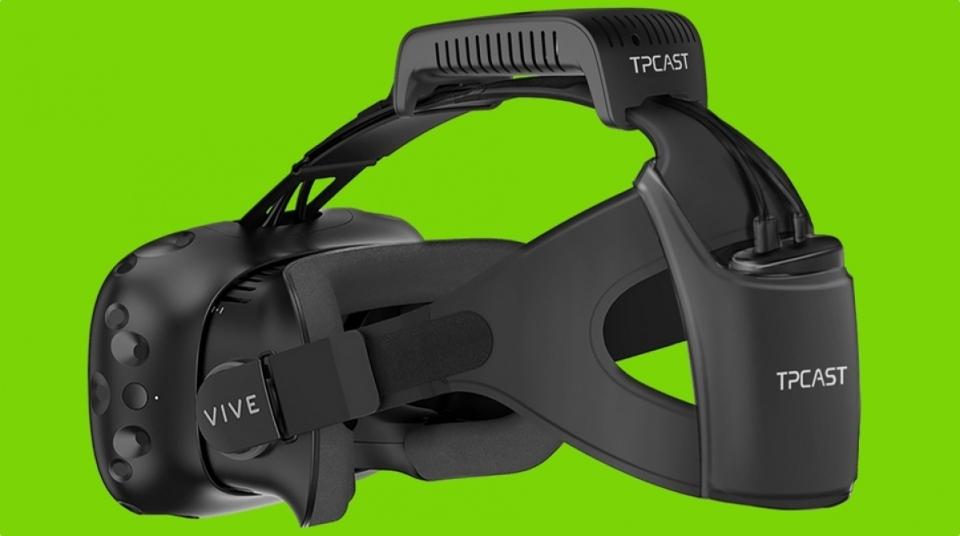
Over in Taipei at Computex 2017 there was big news for people dreaming of high-quality, wireless, virtual reality. During Intel’s keynote at the computer expo, the silicone giant demoed a cable-free version of the HTC Vive, with the wireless capabilities powered by Intel’s WiGig technology.
For those not familiar with WiGig, it’s Intel’s Wireless Gigabit 802.11ad standard platform, which uses a 60GHz band (interference free) to deliver instant, seamless, high speed (up to 7Gbps) wireless docking.
In the case of the HTC Vive headset, we’re told an adapter carrying Intel WiGig tech enables high throughput in both directions, to and from a PC to the headset – with a latency of less than 7ms.
The wireless accessory, which sits on the top of a user’s head, is expected to be shown off in more detail next month at E3 – the huge gaming conference taking place in Los Angeles between June 13th and 15th.
HTC already signalled its intent to make the Vive VR headset wireless earlier this year when it opened up pre-orders for an add-on that came out of its ViveX accelerator program, produced by TPCast (pictured above).
The $220 TPCast accessory fixes to the Vive’s straps and is powered by a battery with about an hour and a half of life. HTC revealed it planned to put out a longer-lasting option in the future – it could be that the Intel powered accessory is just that.
First announced back in 2015 and on sale the following year, the HTC Vive is the Valve-powered virtual reality headset that has become the darling of the PC VR revolution.
As well as the PC-powered Vive, HTC also has its sights set on the mobile VR headset market too. Earlier this month, at Google I/O 2017, it was revealed that Google is working with HTC on a standalone VR headset, as part of its Daydream project.
[Source”pcworld”]










